Petrolhead Corner – Paying Tribute to the iconic BMW E30 M3
Today we are taking it back to the 1980s. The age of acid-washed jeans, pastel-coloured blazers, shoulder pads and synthesizer music. While the fashion and music from back then is, questionable, to put it mildly, the racing was incredibly intense! One of the most prolific categories that rose to fame is the Deutsche Tourenwagen Meisterschaft or DTM. One of the cars that competed during the golden age of DTM was the BMW E30 M3, a true icon. As luck would have it, a UK company named Redux just launched a very impressive restomod!

Deutsche Tourenwagen Meisterschaft
In the mid-eighties, a new racing championship was quickly taking the world by storm. Stemming from the Deutsche Rennsport Meisterschaft (DRM) which ran touring cars, sportscars and eventually sports-prototypes, the Deutsche Tourenwagen Meisterschaft (DTM) was introduced in 1984. This new type of racing focused on racing cars closely linked to production cars. The first two years of competition saw privateer teams only, but by the late eighties, some of the biggest manufacturers and high-profile racers joined the DTM and the sport exploded.
Ad – Scroll to continue with article
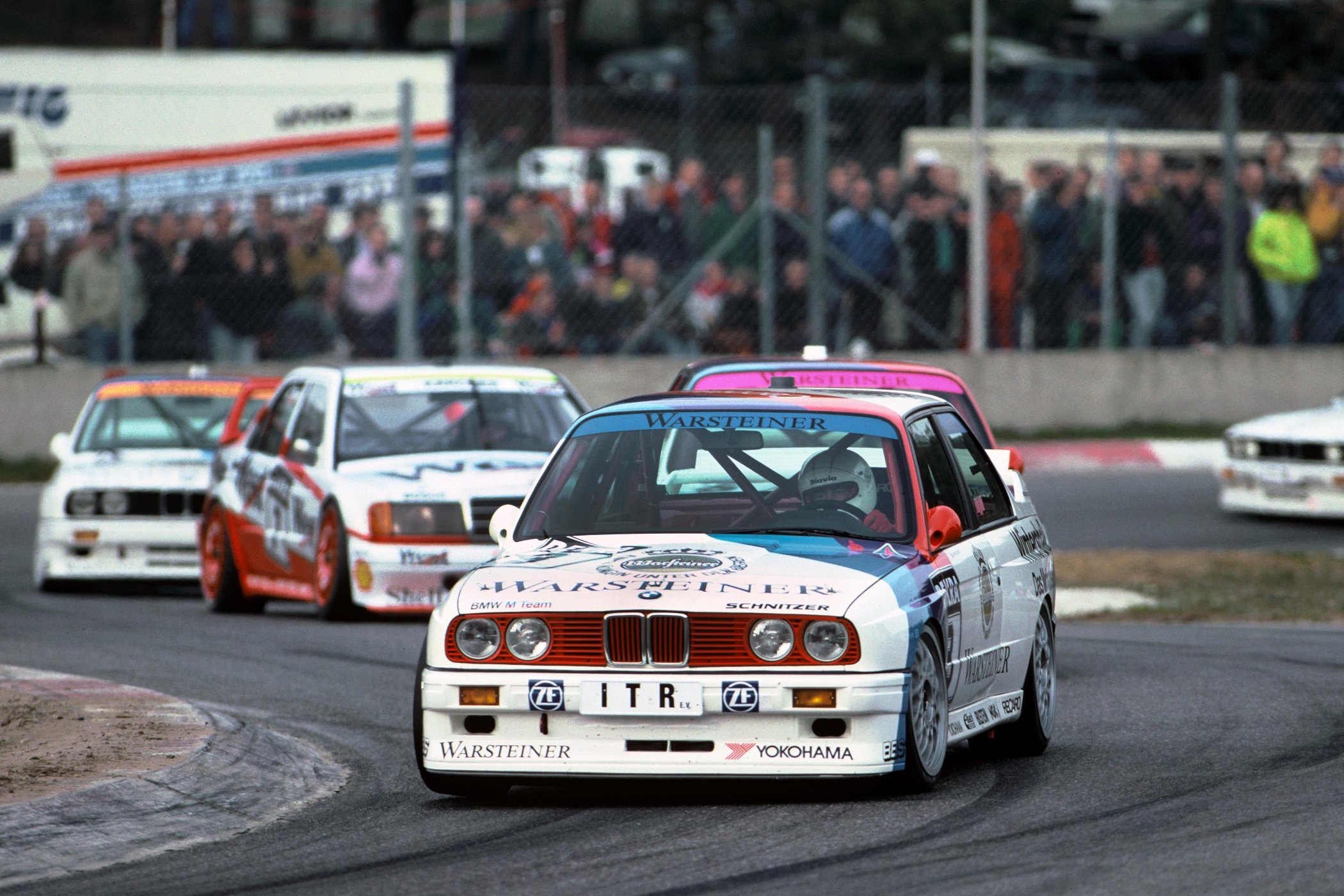
DTM mainly raced in Europe, and this is where the sport was hugely popular due to the tight, aggressive racing. Manufacturers like Mercedes-Benz, Audi, BMW, Alfa Romeo, Ford and others would join and battle it out on track. It resulted in legendary cars like the Mercedes-Benz 190E, or the Alfa Romeo 155 V6 TI DTM and of course the BMW E30 M3.
In order to take a car racing you often need to build a certain number of road-legal counterparts, the so-called Homologation Special. For BMW to take the 3-series coupe racing was no different, but we’ll get to the roadgoing M3 in a bit. BMW took the two-door coupe and gave it an extensive overhaul. BMW fitted a 2.3 litre four-cylinder engine, naturally aspirated, which produced about 300bhp. Over the years, through a series of rule regulations freeing up more technical modifications, power grew to roughly 375bhp.
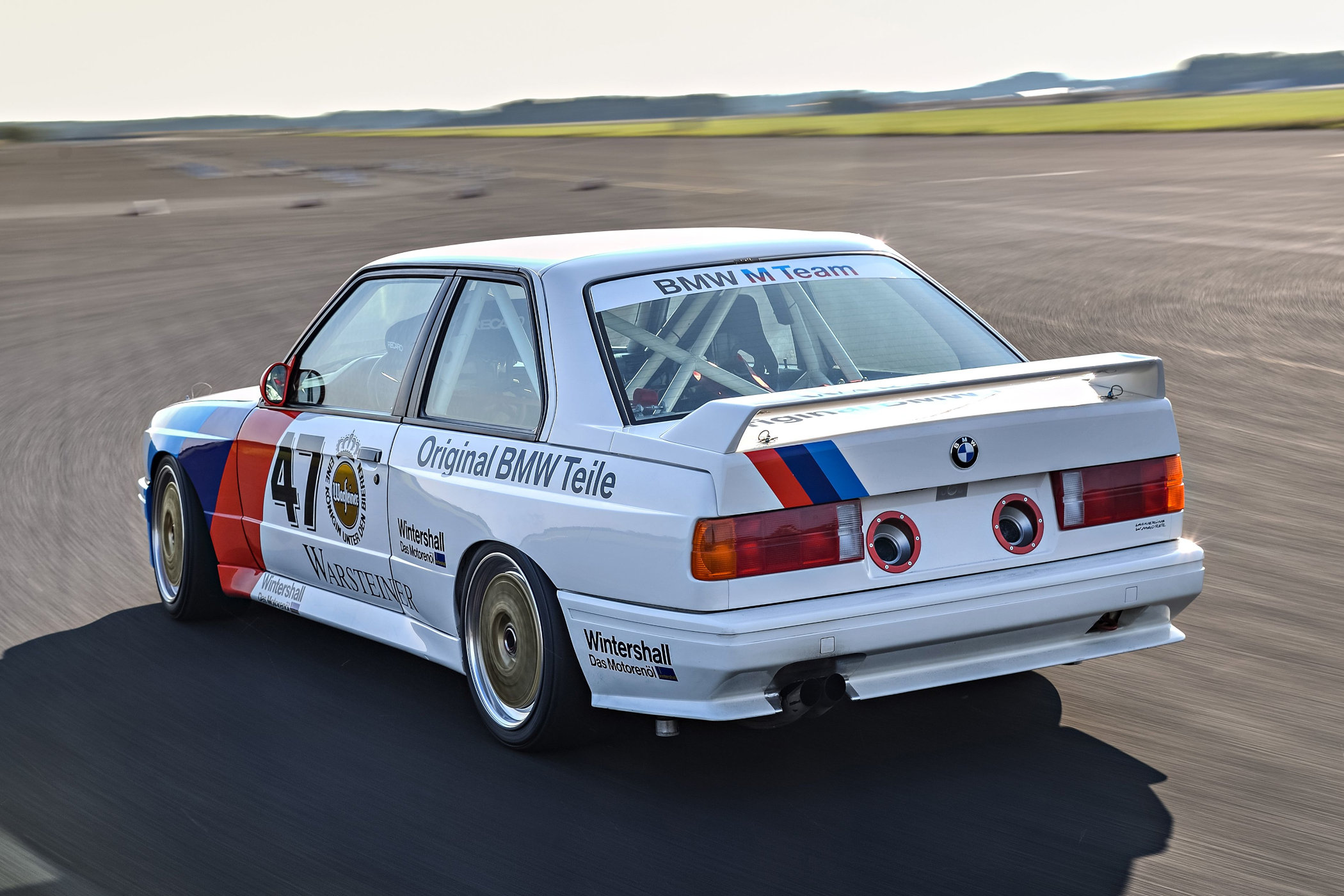
In all its years of competing in the DTM class, the mighty M3 managed to grab the title twice. In 1987 at the hands of Belgian driver Eric van der Poele, and in 1989 with Italian driver Roberto Ravaglia. But in all seasons, the competition was fierce and often multiple drivers and constructors not only battling it out for race wins, but championships as well. There are plenty of YouTube clips like the one below to give you a sense of the intensity of the golden era of DTM:
The DTM series wasn’t the only playground for the BWM E30 M3 when it came to racing. Outside of that, it would also win the World Touring Car Championship in 1987, the European and British Touring Car Championship twice, and a further 18 titles between 1987 and 1993. It also won the Nürburgring 24 Hours race five times and came in first four times during the Spa Francorchamps 24 Hours race. Despite being rear-wheel-drive only, it also competed as a rally car against four-wheel-drive cars. It wasn’t hugely successful, but it did manage to win the 1987 Tour de Corse rally event.
Homologation Special
The racing E30 M3 is a stripped-down, lightened version of the standard 3-series coupe chassis and body. The engine was tuned to produce roughly 300 horsepower, with rule changes allowing for more technical advancements seeing the output increase to 375bhp in later years. It also had a racing chassis, suspension and brakes, and a wider, more aerodynamic body.
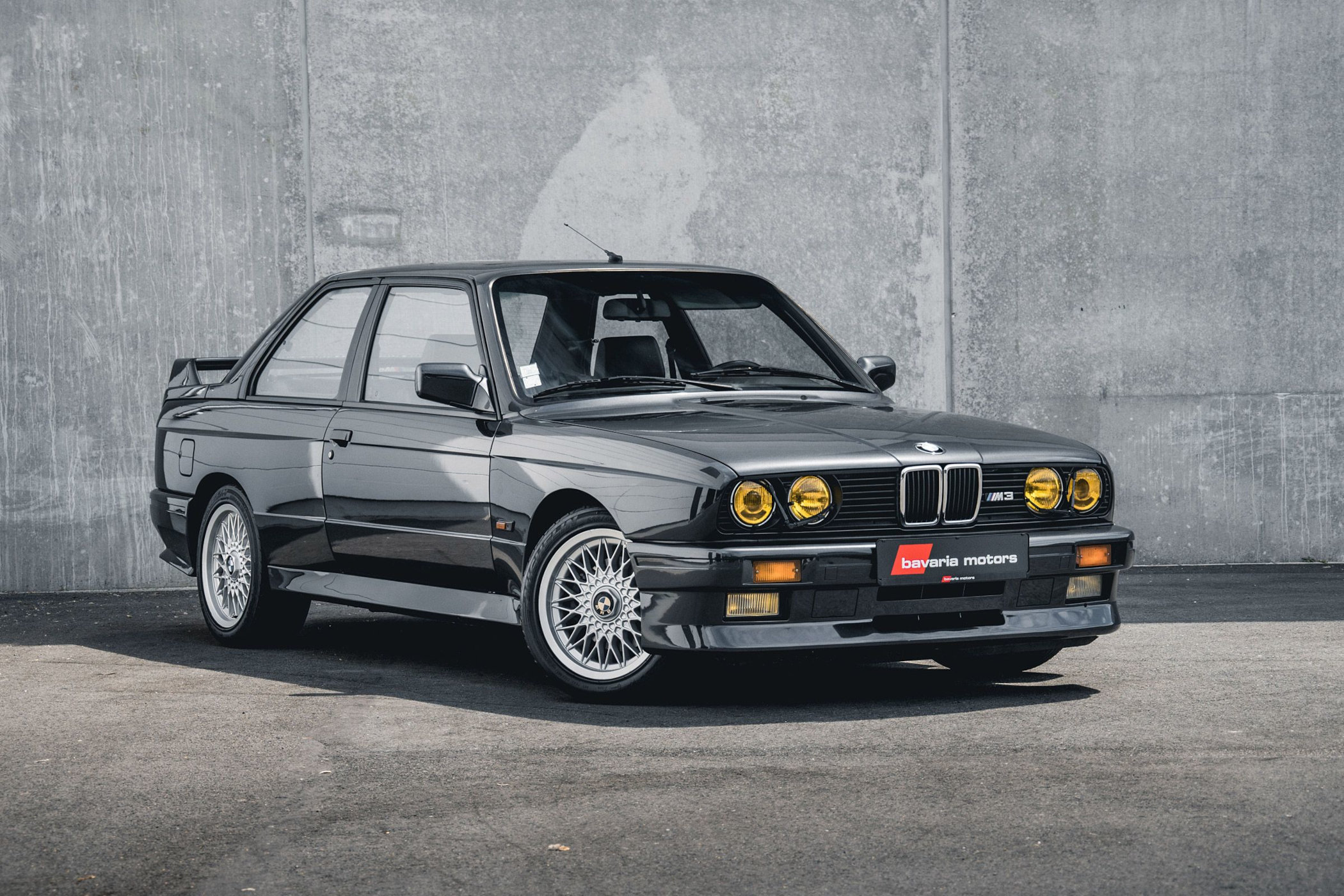
BMW originally built the E30 M3 to take it racing under Group A regulations. As mentioned, this called for a certain number of road cars to be built, sanctioned to no less than 5,000. It used the small, boxy E30 3-series platform to create a true icon in touring car racing and a legend in the automotive industry. The roadgoing BMW E30 M3 was presented during the Frankfurt Motor Show in 1985 and went on sale a year later.

Carried over, visually at least, from the racing car the BMW E30 M3 had wider arches, extended rear window surround and taller boot lid, a deeper front spoiler and a rear spoiler. This resulted in better aerodynamics and straight-line stability. It came with a 2.3 litre inline 4-cylinder with around 200bhp depending on the use of catalytic convertor’s (mandatory by law in some countries then). The redline is 7,250rpm, which resulted in the car’s characteristic high-pitched scream while being pushed to the limit. In Europe, it would use a dogleg 5-speed gearbox, meaning the first gear was left and down.
By 1989 BMW introduced the E30 M3 Evo1 and Evo2, with upgraded power and other tweaks to make it lighter and faster. The top speed went from 235kph to 240kph, for instance. The final version of the E30 M3 was the Sport Evolution, with an engine increased to 2.5 litres. It made 238bhp and had a top speed of 250kph. The Sport Evolution model has an adjustable front splitter, an adjustable gurney flap on the rear wing and cooling ducts instead of front fog lights. With only 600 made it is one of the rarest, and most sought-after models of the E30 M3.

Next to the 17,000 coupes BMW eventually built, far exceeding the 5,000-unit mark, the M3 was also available as a convertible. The numbers are far lower though, with just under 800 cars produced without a roof. The BMW E30 M3’s value has climbed over the past 15 years and can fetch top dollar on the market, as the car’s reputation for being one of the best driver’s cars of all time lives on. Don’t be surprised with pristine examples costing upwards of EUR 50,000, even ones with high mileage.
Enhanced & Evolved by Redux
With close to 18,000 cars built, the BMW E30 M3 is not extremely difficult to find. Of course, it’s no VW Beetle or Mini Cooper with millions built, but it’s not exactly super-rare either. Undoubtedly over the years, some will have suffered horrific accidents due to over-enthusiastic drivers, but there are still plenty around.
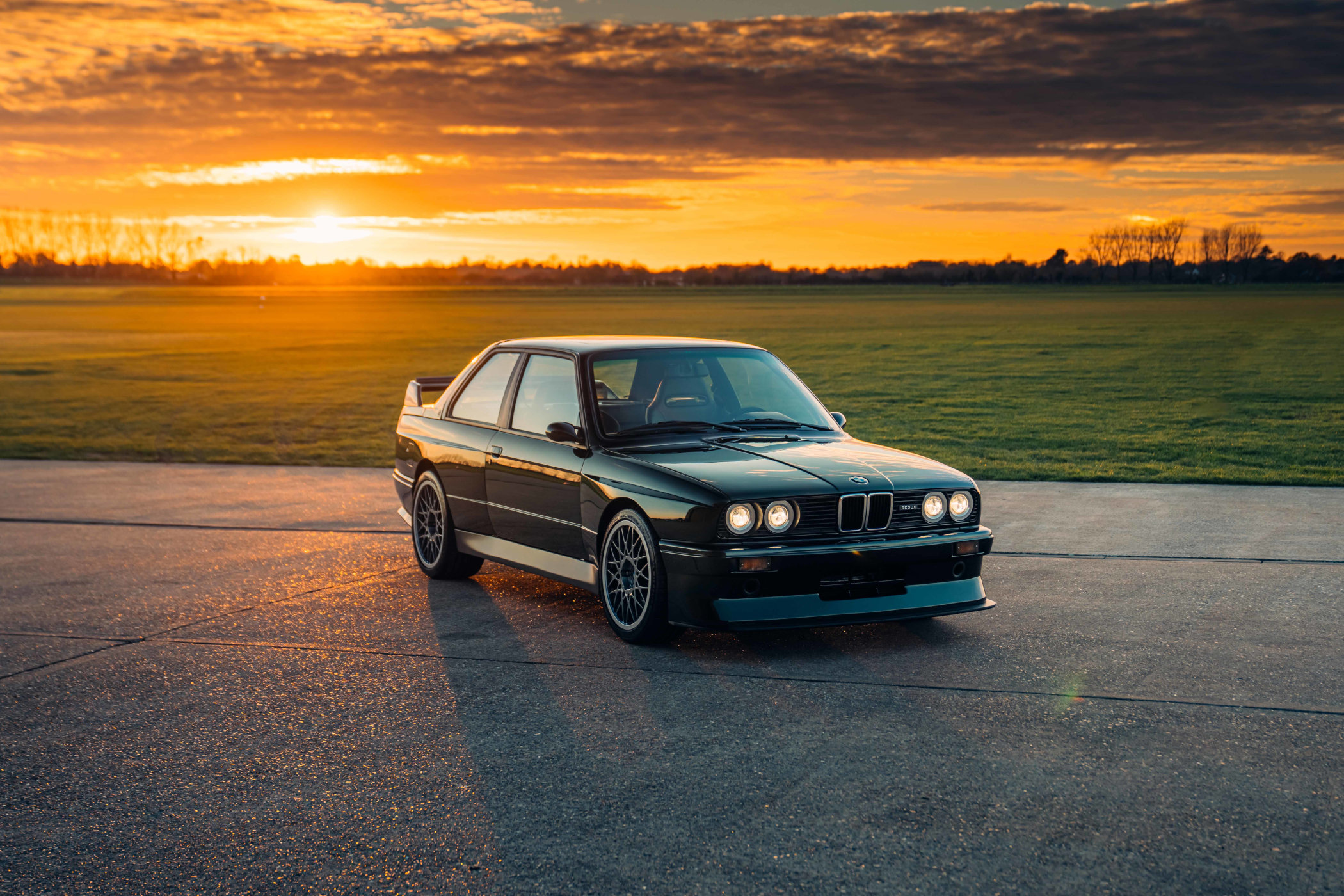
The UK-based company, Redux, is enhancing and evolving a total of 30 x E30 M3. The reason? Well, to answer one simple question: “What if BMW had built an even better BMW E30 M3, after the Sport Evo?”. The answer could have been a BMW E30 M3 CSL (Coupé Sport Leichtbau). Less weight, more power and perhaps some other cosmetic and performance enhancements, much like it did with the limited edition E46 M3 CSL presented in 2004.
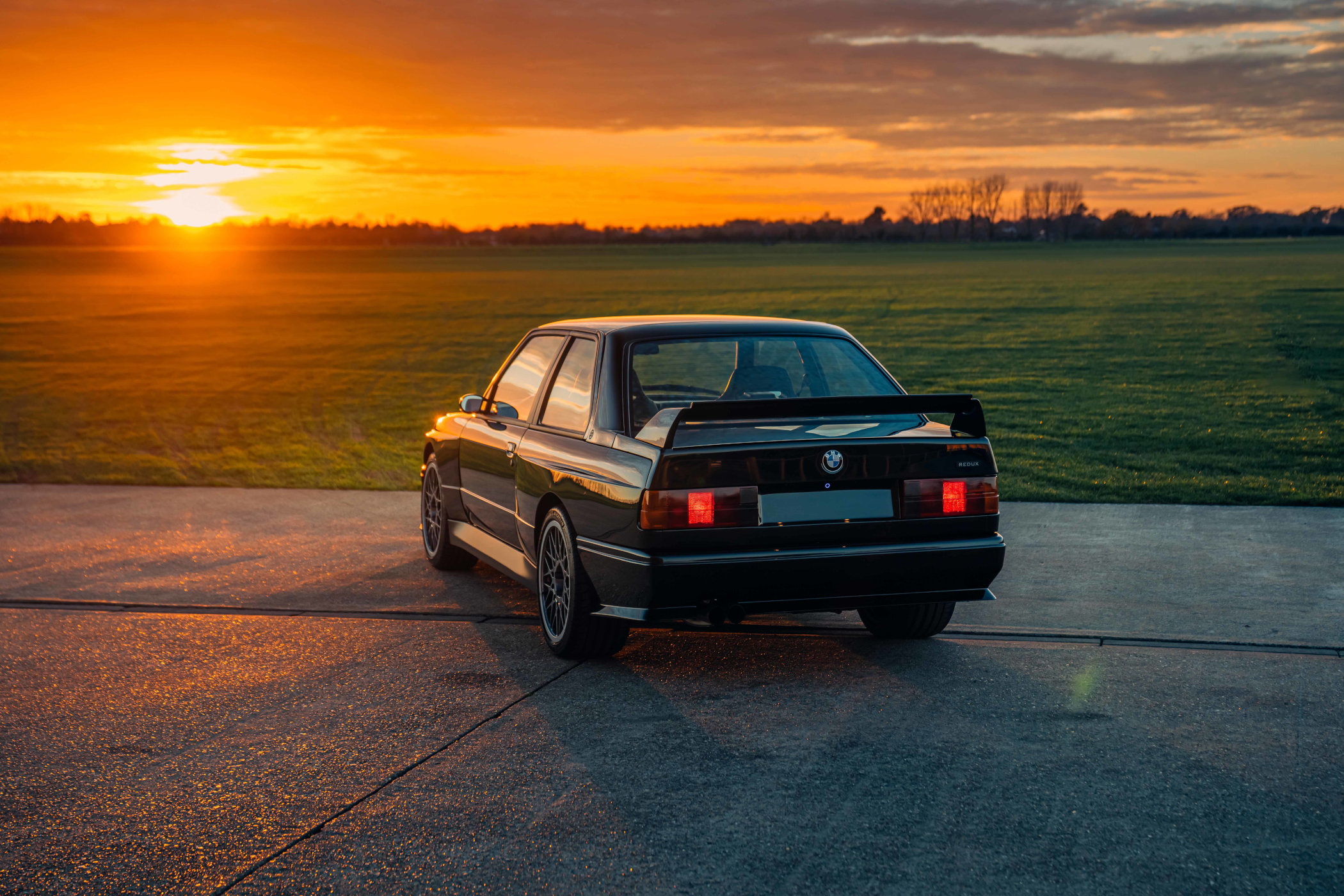
So, in an attempt to answer that very question, what do we end up with? Officially it is called the BMW E30 M3 Enhanced & Evolved by Redux. And basically, it follows similar lines as other restomod projects we’ve covered like the Alfaholics GTA-R 290, or the Legende Automobiles R5 Turbo III. You need an original E30 M3 donor car and quite a bit of spare cash. In return, Redux will build you the best possible BMW E30 M3 you can think of.
Redux stiffens the donor shell and the suspension is replaced with high-performance components, resulting in the M3 handling significantly better than it did originally. Furthermore, the body panels are replaced with redesigned pre-preg carbon fibre panels (unique to Redux). This again adds to the agility of the car, and thus enhances the driving experience even more. The interior is completely retrimmed, with Nappa leather, Alcantara and machined billet aluminium components throughout. It sits on 18-inch Cinel forged monobloc aluminium wheels (exclusive to Redux) with large diameter racing brakes for reassuringly quick stopping power.

Don’t think is just a car that gets some new components thrown at it. There is much more, as Redux has subtly redesigned all the new pre-preg carbon fibre exterior parts like the bumpers, fenders, rear quarters, the splitter and undertray, mirrors, side sills, rear spoiler and so on. With over 4,000 hours of labour required to complete each build, expect an 18-month wait for yours. The underside of the bonnet, boot lid, and gurney flap, and top side of the splitter feature bare chevron weave carbon fibre finished with a satin lacquer. The flawless paint finish requires over 550 hours of labour (including all the prep and finishing work). The list of upgrades and modifications goes on and on, and as always with builds like this, there are numerous premium options available. This includes further engine performance upgrades, coil-over suspension, carbon-ceramic brake system, and much more.
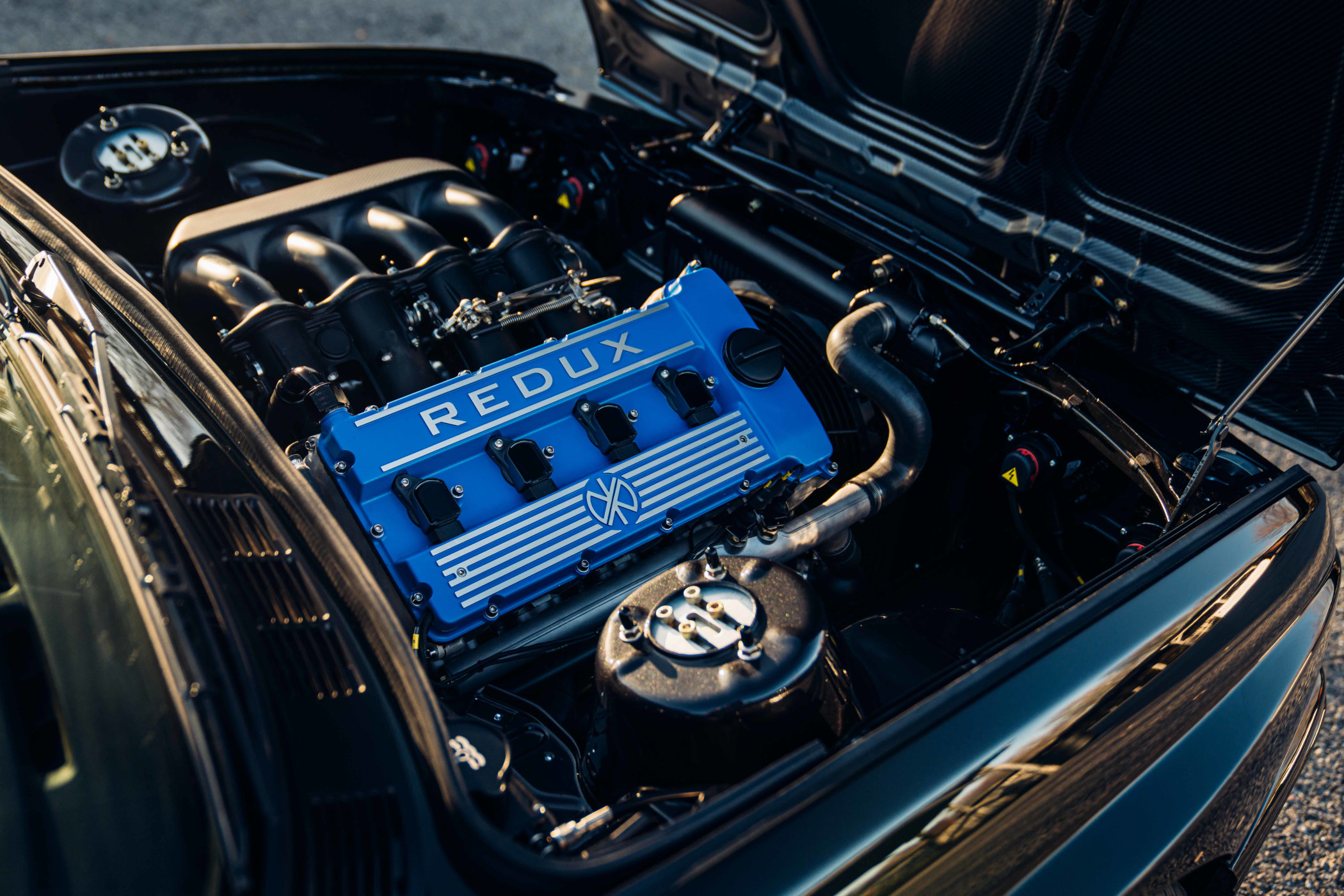
The standard 2.3 litres S14 four-cylinder engine receives a complete overhaul, as it is re-engineered to Redux’s 2.5-litre specification and tuned to 300 horsepower (306PS) and 205lb/ft (278NM) torque. Therefore, combined with the weight reduction (the carbon panels weigh a total of 42kg), the power-to-weight ratio is now on par with the E46 M3 CSL. The engine’s rev limiter is increased to 8,000 rpm and according to Redux creates an “addictive induction bark whenever you push the throttle”, thanks to a carbon fibre airbox. No doubt the performance will be exhilarating, and you would be able to mess with plenty of sports cars on public roads if you know what you’re doing. Just don’t end up in a ditch, please.
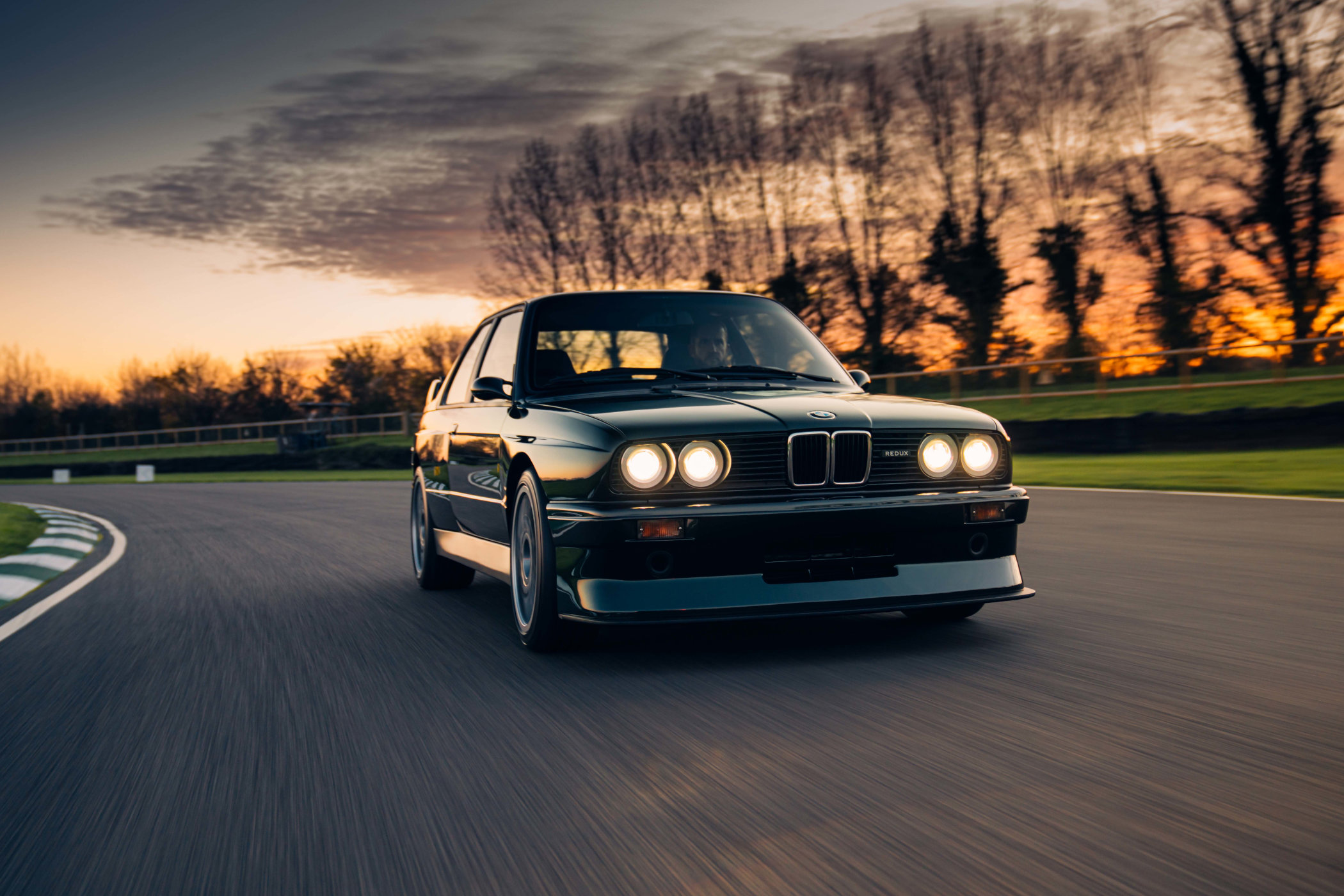
All in all, this is an astonishing machine and a throwback to the boxy, eighties-style type of cars most of us can vividly recall. And those with a love for anything performance-enhanced coming from Germany will have a field day in this. If you’re lucky enough to be allocated one of the 30 builds, you must be willing to shell out the GBP 330,000 price tag, plus that donor M3. Which Redux can help source for you by the way.
For more information, please visit ReduxLeichtbau.com







